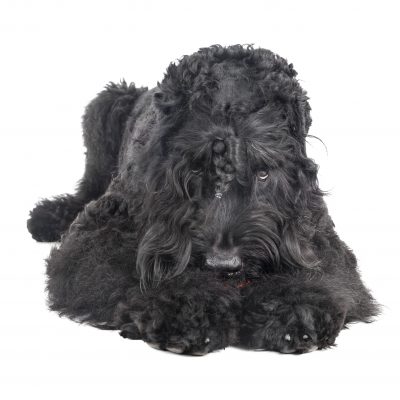
Red Star Kennel – Black Russian Terriers!
The Black Russian Terrier was developed in Russia by the Red Star Kennel for military purposes post WWII. Many breeds were reportedly used in the development of the breed, but the most contributing are reported to be Giant Schnauzer, Airedale Terrier, Rottweiler, Newfoundland, and the Caucasian Shepherd Dog. They were bred solely by the Red Star Kennel until 1957, and then in 1958 a breed standard was accepted for them. A Giant Schnauzer named Roy was reportedly thought by some to be a foundation of the breed. Given the creation of the breed by a single kennel, this sets the potential for limited diversity in them. What did the prestigious team at UC Davis and Dr. Niels C. Pedersen DVM PhD, professor emeritus and world renowned expert in canine genetics, find? Full report here.
Inbreeding – how inbred is the typical Black Russian Terrier?
Dr. Pedersen found the following in terms of the inbreeding values of this population:
The calculated F value for the 93 dogs was -0.012, which was close to 0.00 and indicated that the distribution of alleles was a result of near-random selection across the study population. However, this assessment is an average (mean) for the population. Based on internal relatedness (IR) calculations, there are individuals in the population that are much more inbred and outbred than the average BRT.
Later in the report, Dr. Pedersen notes that a quarter of the population has been found with IR scores above .1. These individuals are considered highly inbred.
Interpretation? A good amount of the population has been randomly breeding and therefore have low inbreeding found in their dogs. However, 25% of the population has high inbreeding scores and could benefit from ensuring their outcross is really an outcross or that their linebreeding is not too close by using our predictive breed management software.
Genetic Diversity at the Breed Level
Biodiversity and allelic richness are words we try to discuss regularly at BetterBred. Namely, how many different versions of genes or alleles are there? The breeds with more allelic richness, that are also well distributed, tend to be healthier. What did they find about Black Russian Terriers?
One of the hallmarks of Dr. Pedersen’s analysis is to compare the genetic diversity of a breed to those of an “ideal” population of dogs that have been randomly breeding and quite diverse. These village dogs have served the basis of many comparisons now.
Dr. Pedersen wrote, “A rough estimate based on areas under the curve (black), indicate that Black Russian Terriers have maintained 43% of the genetic diversity that exists in dogdom.”
What does this mean? Compared to other breeds that have been developed for a specific purpose recently, BRT have maintained a respectful amount of diversity. They are less diverse than landrace breeds like the Standard poodle or Labrador, but have more than breeds with few founders, like the Biewers or the Swedish Vallhunds. Part of this may be because there were many breeds used in the inception of the BRT.
Another aspect we like to discuss in a breed are two terms called average alleles per locus and effective alleles per locus. The closer the effective alleles (we call these “alleles that are effectively contributing to your population”) are to the average alleles, the better distributed the breed. In the report, 6.333 average total alleles per locus and 3.499 effective alleles per locus were found. Compared to other breeds, this is a fairly typical number of total alleles found – not very low nor very high. However, the effective alleles being so close to the average means this population has done a good job maintaining what they have currently. It is vital to keep up this distribution and maintain what the breed has since its creation.
DLA – Dog Leukocyte Antigen
A Look at the Dog’s Immune System!
The DLA analysis of the Black Russian Terrier indicates that one or two founders were a vital part in the formation of the breed. The most common two DLA types are as follows:
Two DLA class I haplotypes (1091 and 1092) occur in 51% and 25% of all the individuals tested, and two class II haplotypes (2033, 2037) at almost identical frequencies. The equal frequencies occur because 1091 is in strong linkage with 2033, forming the 1091/2033 haplotype. Likewise, 1092 is in strong linkage with 2037, forming the extended 1092/2037 haplotype. The high frequency of these two extended haplotypes indicates that two founders or closely related founder lines have been extensively involved in the creation of the breed.
Compared to other tested breeds, the BRT has a relatively typical number of reported DLA types, with 10 Class 1 and 8 Class 2 types reported. This is wonderful! However, many of them are underrepresented in the breed and should be kept in the population so as not to lose them through genetic drift (random loss of diversity). Of course, breeders should also consider biodiversity as a whole and not hyperfocus on the DLA. More on DLA here.
Interestingly, the two most common DLA types in this breed are shared with Giant Schnauzers (and some other breeds as well). This lends credence to the report that a Giant Schnauzer named Roy was reportedly a part of the formation of the breed.
Conclusions
From Dr. Pedersen’s report:
BRT lack genetic diversity as evidenced by IRVD comparisons and DLA class I and II haplotype numbers when compared to breeds such as the Golden Retriever, Labrador Retriever, Havanese, Italian Greyhound, Standard Poodle and Miniature Poodle. Nonetheless, the standard genetic assessment of the BRT based on the 33 autosomal STR loci indicates that the breed is randomly breeding and maybe even a little more outbred. Like other pure breeds, this is misleading. Based on IR values, there is a quarter or so of the dogs that are products of closely related parents and they are being balanced in the standard genetic assessment values by a somewhat larger population of outbred dogs.
This breed has sustained an average amount of genetic diversity compared to other breeds, and the genetic diversity appears to be fairly well distributed for what they have. However, the DLA haplotypes are disproportionately distributed within the breed.
Our Recommendation
Breeders should strive to maintain the genetic diversity that is still present within the breed, as well as seek out less related mates to keep down inbreeding. When all else is equal, seek for the less represented DLA haplotypes and heterozygous (two different kinds) of DLA haplotypes. There is a reported presence of outliers according to Dr. Pedersen (see the PCoA graph to the left), so those should be sought in order to distribute the genetic diversity of the breed more equally.
We have recently had a great deal of interest from Black Russian Terrier breeders who have previously tested. Please consider testing your BRT, adding your already tested dogs to our growing database, take our free mini course (as a free public member) and join the Facebook group dedicated to your breed today!
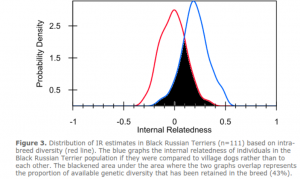
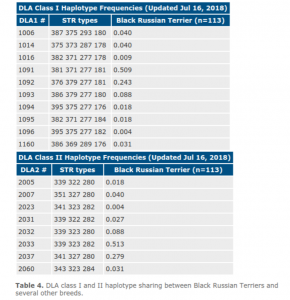
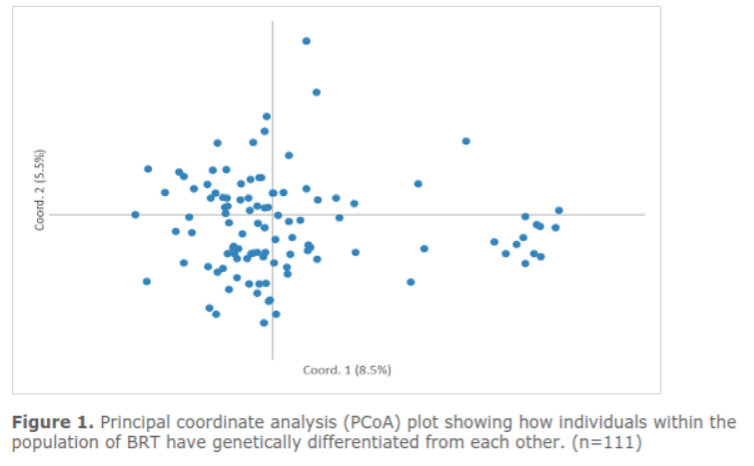
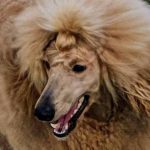 Previous Post
Previous Post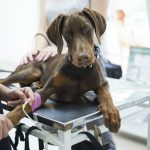 Next Post
Next Post


